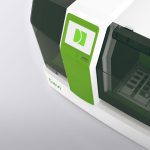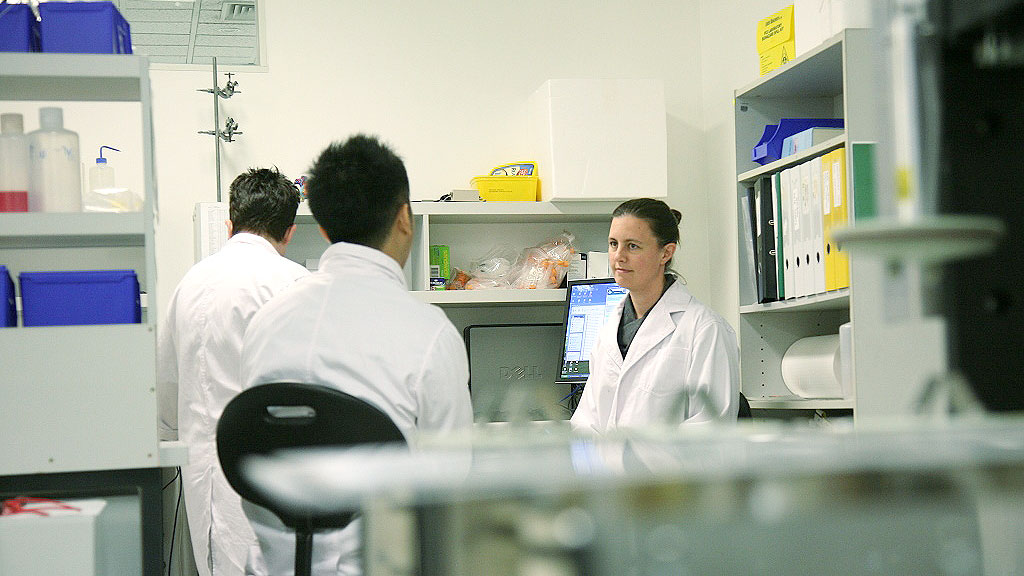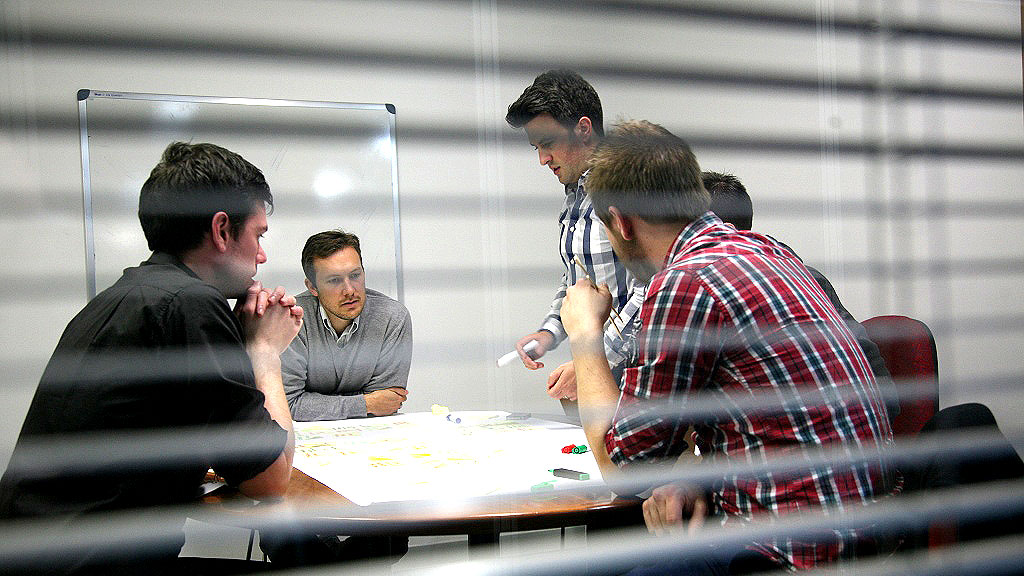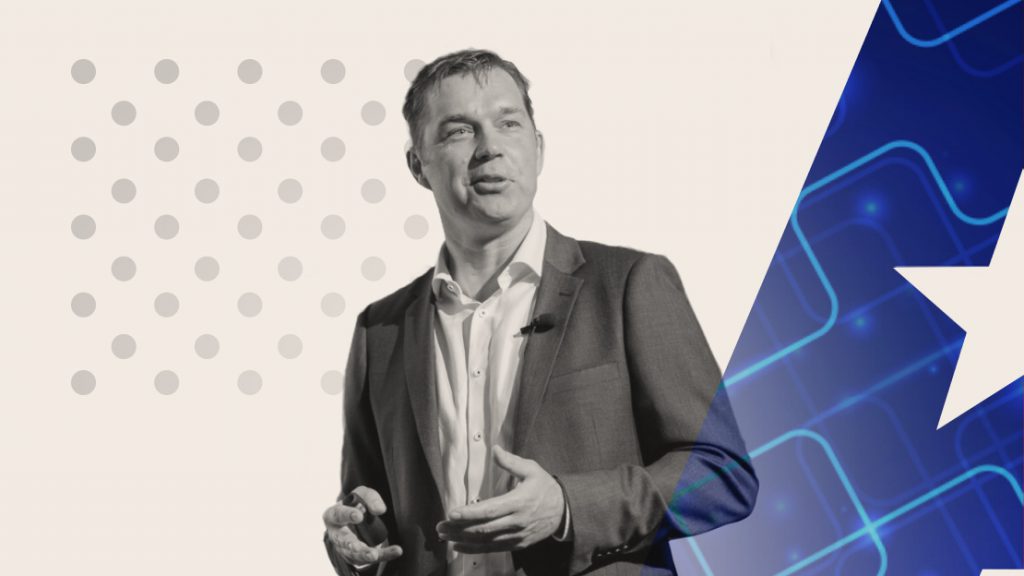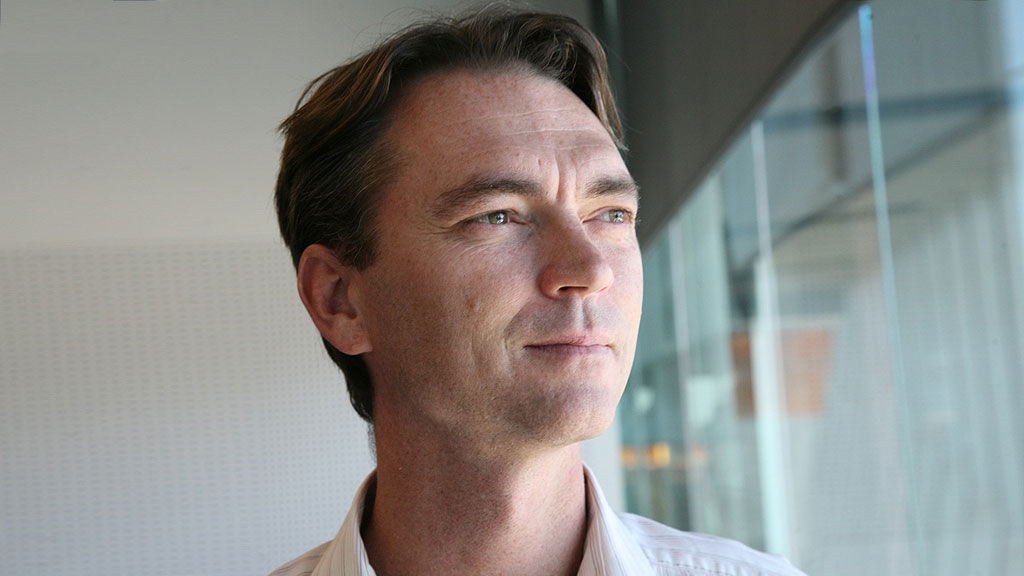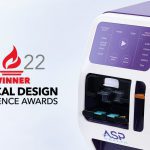
Developing new products is a costly exercise and the path is often unclear. That’s why you need to be sure you’re building the right product for the right market, before you start designing. At PI, we have developed a five-stage program to help you achieve product-market fit and give your product the best chance of commercial success.
Over the years, I’ve seen a lot of products fail for completely avoidable reasons. In fact, experts believe that at least 35 per cent1, and possibly up to 90 per cent, of all new products are commercial failures. Among the most common reasons for these failures are a lack of understanding of the customers’ needs and wants, poor value propositions, and issues with the product itself (i.e. it doesn’t work properly, it’s not user-friendly, it has the wrong features etc). In other words, they didn’t achieve a good product-market fit.
I believe that a lot of these problems could have been avoided if the developers had done a more thorough investigation into the market and customer needs prior to product definition. As we often say at PI, the greatest opportunity for innovation exists before the product development process even begins.
Market research v. Product-Market Fit
So how do you go about gaining this insight? Do you do it in-house? Do you outsource? Both options have pros and cons. Doing the research in-house means you can draw on your existing market knowledge and industry expertise when speaking to customers. The flipside of this is that you risk letting your own assumptions influence the outcome of the research. Outsourcing to a market research firm brings objectivity, but it is unlikely they will have the technical or industry knowledge to be able to delve into specific features with users. What’s more, at the end of the project, the market research firm will give you a report of the research findings, but you’ll still have to do the hard work of translating this insight into product requirements.
This is where companies like PI come in. We have a Product-Market Fit (PMF) team that brings commercial expertise, technical product development skills and medical industry knowledge, as well as the objectivity that comes from not being the ones dealing with customers day in and day out.
Our Product-Market Fit approach
Our PMF program predominantly focuses on the problem space, rather than the technology solution. We explore questions like: What are the key problem(s) in the market that need to be solved? Does the technology being investigated solve the market problem(s)? What market segment(s) are most suited to the technology concept under investigation?
The program includes traditional market research elements such as market and competitor analysis and customer interviews, but goes further – using our product design knowledge to translate this market insight into a recommended production definition, including product feature priorities.
The program is flexible and can be tailored to align with client needs, but in an ideal world it incorporates five key stages.
1. Market Exploration
This first stage is focused on two key areas: the market environment and the client’s business objectives. We work closely with our clients to align on key strategic goals and project objectives. Often, we have a client representative join us on the project journey. We immerse ourselves in the market environment, focusing on key problems and pain points. We want to gain a deep understanding of the market drivers and barriers, and identify the key market segment opportunities and primary users. We also want to understand the competitive landscape. Who else is trying to solve this problem? What technology are they using? What is their market share? What is their positioning? Sometimes, a client has already done some research to answer these questions, so we can build on that. Other times, our clients will have an idea of the market, but no research to back it up. To gain a deep and objective understanding of the market, we seek out varied sources of information, including company backgrounds, clinical and technology feasibility studies, and sales and financial data. These insights will enable us to analyze the market to confirm that there is a (sizable) opportunity, and identify the key market segments and customers to be targeted.
2. In-depth interviews
The in-depth interviews are when we get out and actually start talking to the end users of the proposed product. At this stage, it’s about observing the environment, validating the problem and pain points with them and mapping the customer journey. This is where our product development and healthcare industry knowledge really gives us an advantage over market research firms – having engineers, designers, scientists and market experts allows us to ask better questions and gain richer insights.
During the interviews we develop and assess the customer journey map to understand the workflow, what is working well and key pain points. This is important for assessing technology opportunities and fit within the environment. During this stage we also test early technology concept ideas and get the users to identify what features are most important (or not important) to them. This proved particularly relevant a few years’ ago when we were developing a handheld diagnostic device for clinicians. Our early concepts focused on making the device pocket-sized, but when we actually spoke to clinicians, this was not a priority – in fact they wanted something bigger as they feared the small one would easily get lost (or even stolen by patients). By finding this out so early in the process, our engineers did not waste time working out how to cram all the components into a handheld device.
Which brings me to my next point – it’s crucial to go into interviews with an open mind and be prepared to have your assumptions challenged. You should practice active listening and be open to new ideas; speaking to customers might surface a bigger market opportunity, or a different technology or primary user than you’d originally identified. You need to be willing to pivot.
By the end of this stage there will be a lot of data to analyze. It is important to remain focused on the client’s business objectives to effectively synthesize the data and establish the key ‘so what(s)’. Some good questions to answer at this stage include: What are the key market findings including drivers and barriers? What are the key workflow pain points? How would I describe the reaction to initial technology ideas? Are there alternative methods or solutions effectively addressing the problem currently?
3. B.R.I.G.H.T. Innovation
Now it’s time to turn all this market insight into product ideas. At PI, our BRIGHT Innovation sessions include team members from across the product development process, such as mechanical engineers, electronics engineers, industrial designers, digital health experts and marketeers. We usually have a mix of people who have been involved with the process from the outset, as well some who have not been involved at all (for a fresh perspective). We start by discussing the market opportunity, problem and pain points identified, and then brainstorm multiple ideas about how to solve it. The end of this session can appear quite daunting with the wall filled with product ideas! The innovation team then prioritizes the ideas by rating the top ideas per topic. The design team uses this feedback, along with the market insights gathered, to develop early product concepts for testing.
4. Final Testing
It’s essential that you test your early product concepts in the market with end users before finalizing product recommendations. You want to validate that the proposed technology will fit with your customers’ workflow. You also want to confirm the value of product features and pin down how much the target audience would be willing to pay for the product. This can be tricky to do, especially with new products where users don’t have a benchmark price (and generally want to pay as little as possible!). One way we get around this is by enforcing trade-offs between features and values e.g. price. If most customers are not willing to pay for a particular feature, it’s probably not essential. One of the common mistakes made when developing new products is overloading it with ‘bells and whistles’ features that actually detract from the customer value proposition by adding more cost than value. Forcing customers to make trade-offs helps confirm the importance of different features, and gives us an indication of what people would be willing to pay for the product.
5. PMF Report and Recommendations
The final stage of the process involves rolling all that feedback – from the Market Exploration stage all the way through to the end – into a final report. This is a bit like a story, taking clients through what’s going on in the environment, the key pain points, where we see the problem (and thus opportunity), key market opportunities, our proposed concepts, the results from when we tested those concepts in market, and, finally, a recommendation of what solution to develop. From there, we can develop a customer needs document to guide the product development process going forward. At PI, the same engineers who worked on the product-market fit program usually continue onto product development, meaning they start the project with a great understanding of how the solution fits the market. But even if this is not the case, the PMF report and customer needs document gives the product developers evidence to refer to when making ongoing design decisions, rather than relying on assumptions.
Conclusion
When you’re developing new products, it’s essential to understand the problem and market thoroughly before beginning the design process. Traditional market research will only get you so far. Market research firms just don’t have the technical knowledge or product development experience to translate market insight into the functional requirements needed to develop a successful new solution. By working with a company like PI and following the program of Market Exploration, In-depth Interviews, Innovation and Final Testing, you’ll not only get a report providing market insight, you’ll also get concrete recommendations on what solution to develop. This will de-risk the product development program and increase your likelihood of achieving product-market fit – and thus commercial success.
Want to find out how PI can help you maximize your chance of achieving product-market fit? Get in touch.
References
- Fisher, A. Why most innovations are great big failures. Fortune. October 7, 2014.




